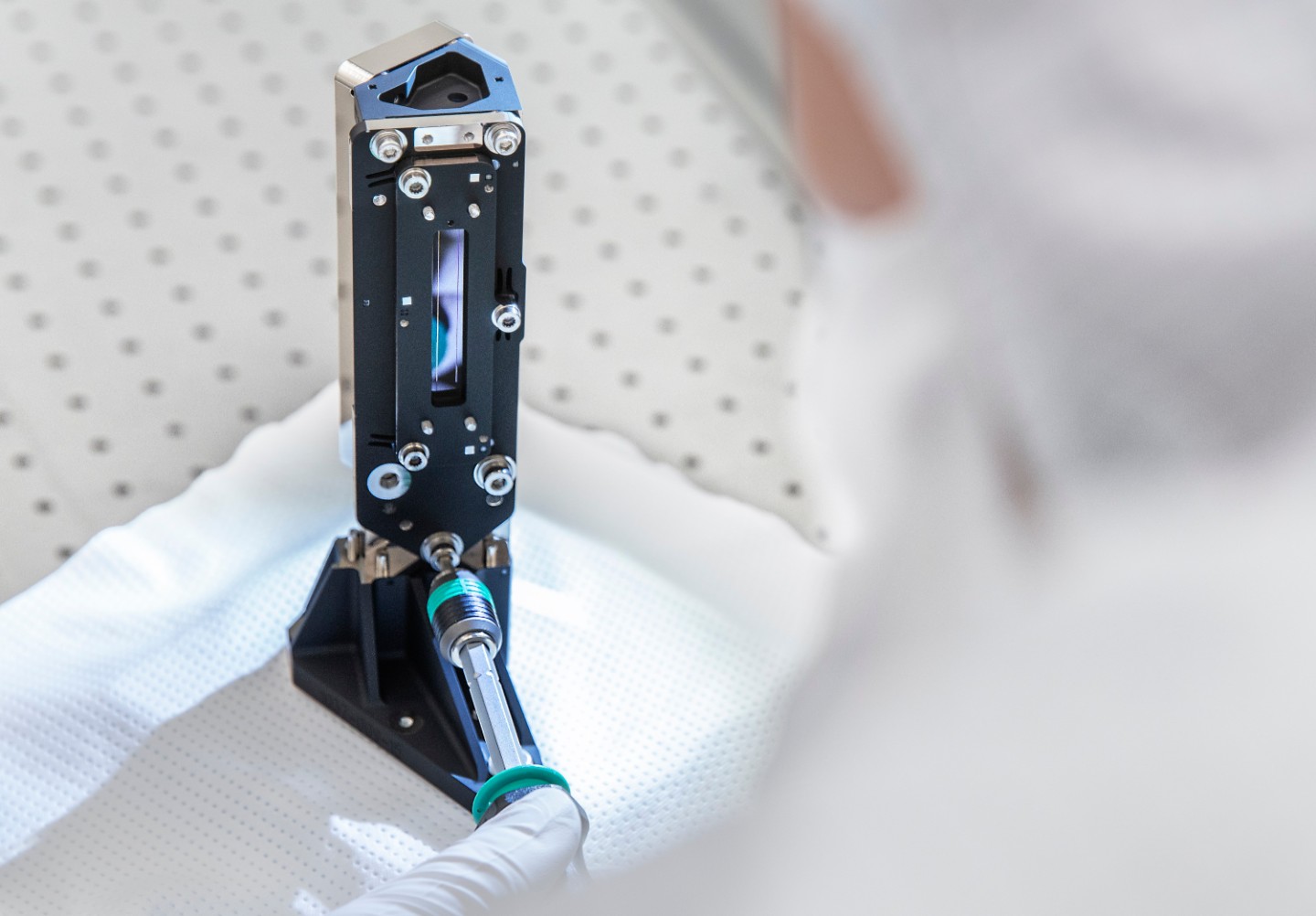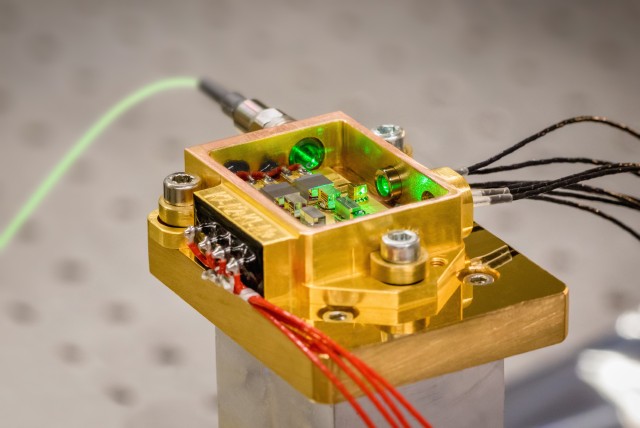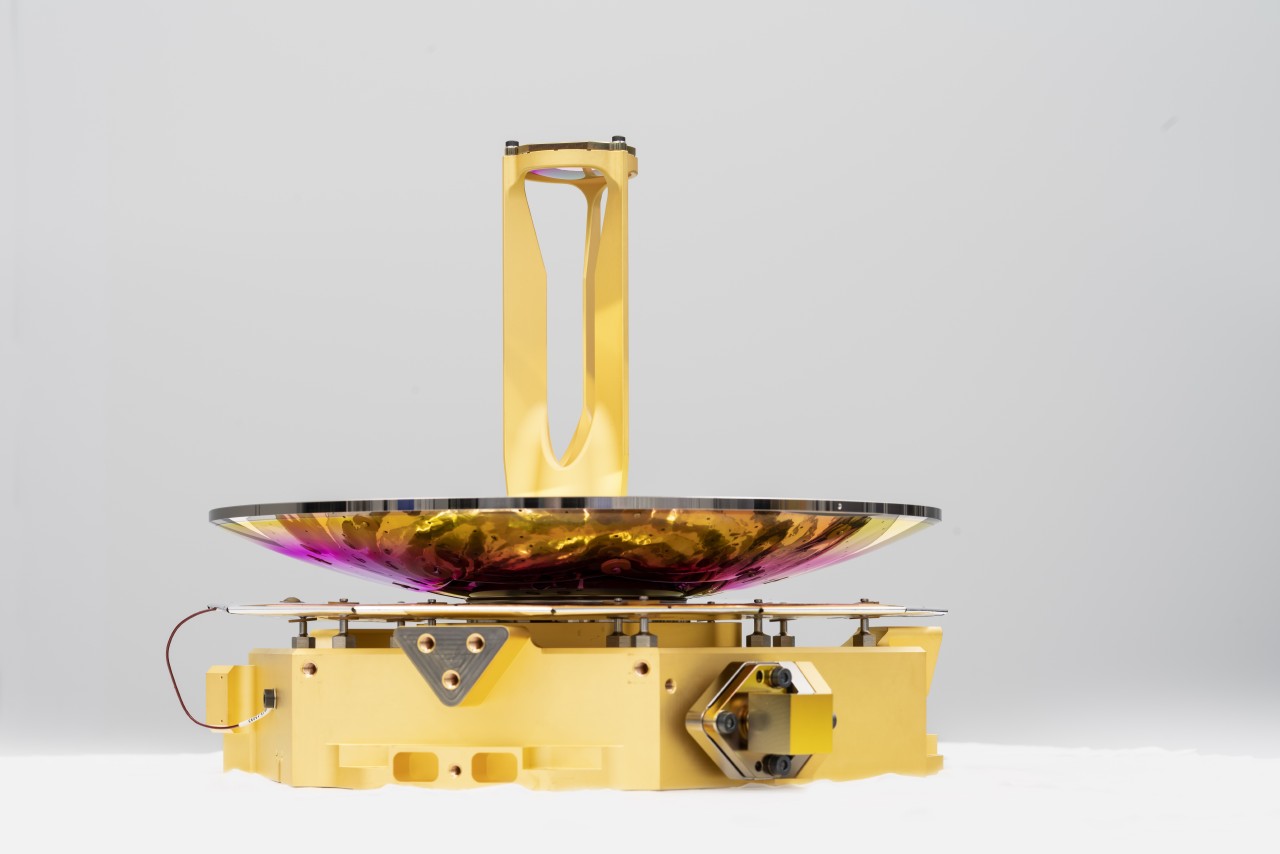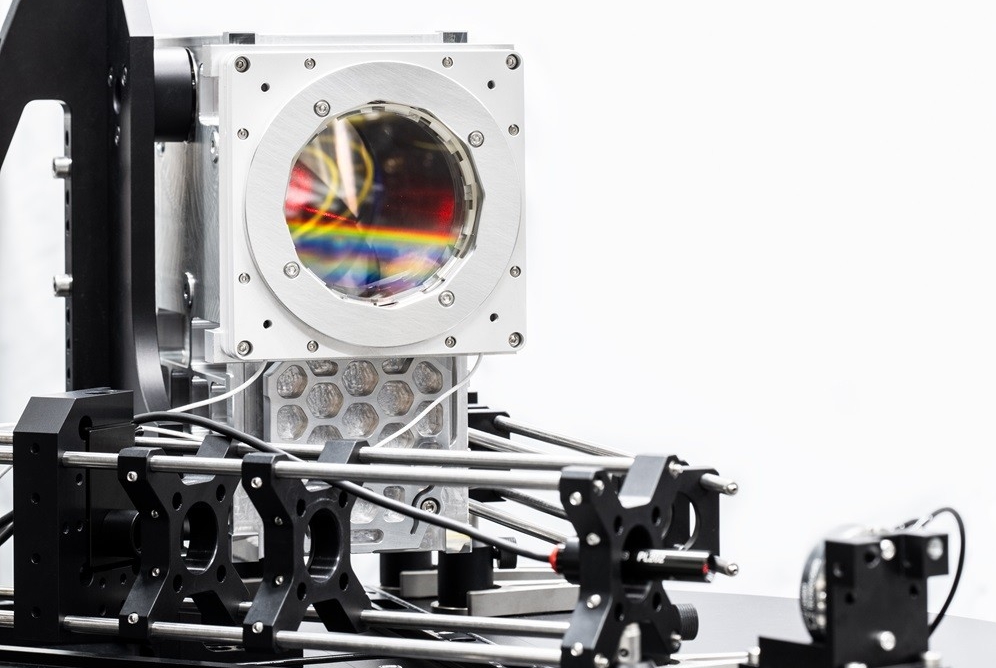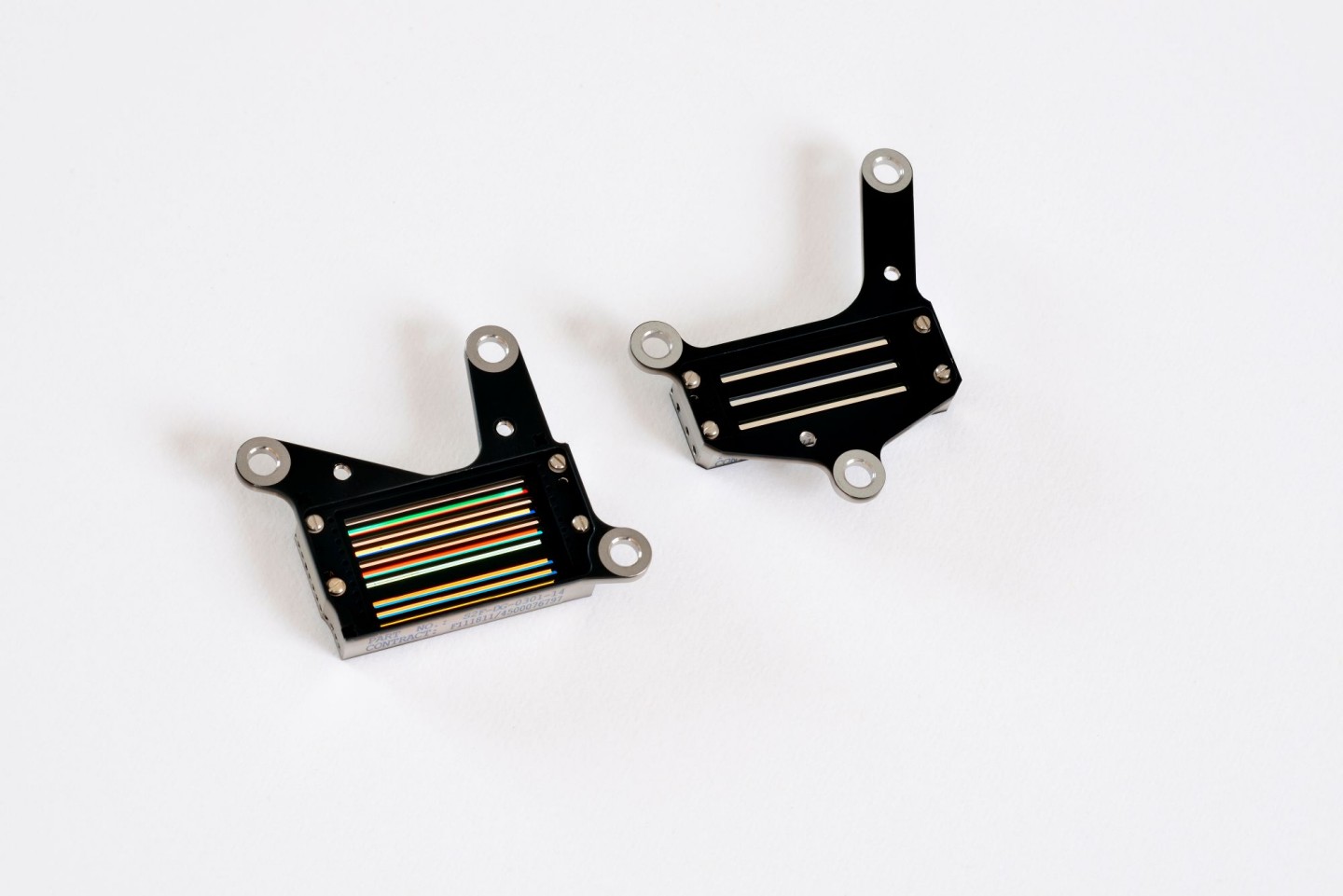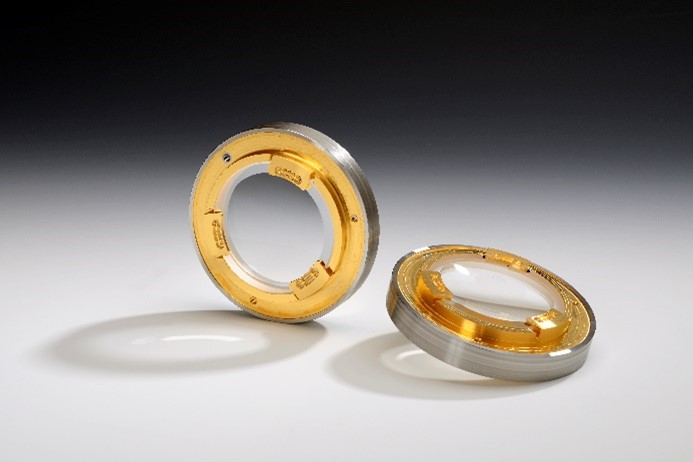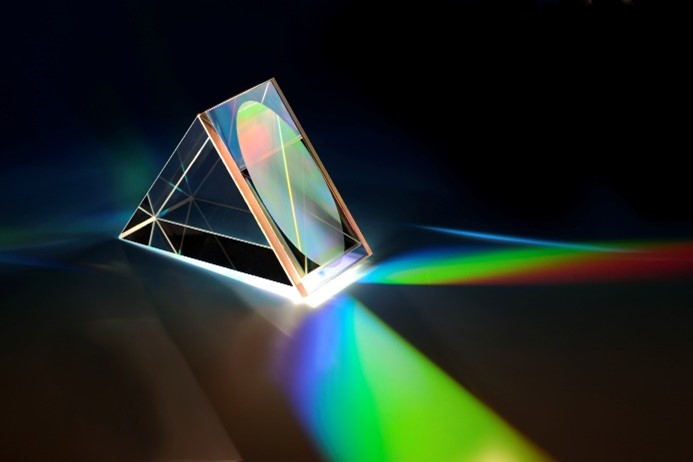ILA Berlin | June 5 - 9, 2024
Fraunhofer IOF at ILA 2024
Modern and powerful mirror optics for imaging, spectroscopy and beam shaping are based on complex optical surfaces. In the aerospace field, Fraunhofer IOF investigates the design, manufacture, and assembly of innovative technologies.
At this year's ILA Berlin, you can experience our latest systems and research developments for aerospace applications - from climate and Earth observations to quantum communication from space. Our colleagues look forward to talking to you.
Visit us from June 5 to 9, 2024 at the ILA in the Berlin ExpoCenter Airport in Hall 4 Booth 240.
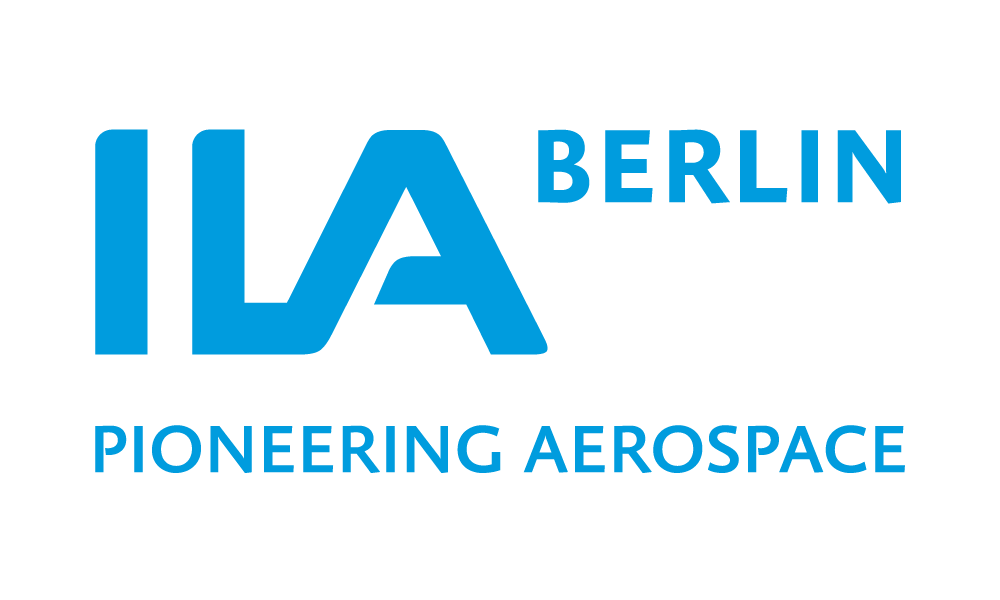
Discover the variety of photonics research with us
At ILA 2024, you can expect a range of Fraunhofer IOF exhibits that showcase the breadth of our research in the aerospace sector.
High-precision double slit for space spectrometer
The FLEX mission aims to map global vegetation status from space, revealing photosynthetic activity, plant health, and stress. For the spectrometer on board the satellite, Fraunhofer IOF crafted a double slit assembly with exceptional accuracy as well as two high-precision mirrors.
EXOMARS 532 nm laser for RAMAN experiment
The ExoMars rover will examine Martian surface minerals to seek signs of extraterrestrial life. For this, a doubled 532 nm diode-pumped solid-state laser (DPSSL) was developed by Fraunhofer IOF and Monocrom S.L., with optical components built to endure Martian's unique environmental conditions.
Ganymede Laser Altimeter
The Ganymede Laser Altimeter (GALA) on board ESA's JUICE spacecraft uses high-precision metal optics to explore Jupiter's moon Ganymede. In collaboration with HENSOLDT Optronics GmbH, Fraunhofer IOF developed a precise laser receiver unit for GALA, under the direction of the DLR Institute for Planetary Research.
CubEniK - Quantum and laser communication terminal
Quantum key distribution from satellite to ground stations requires high standards of tracking and pointing. The system developed by the CubEniK research consortium combines all elements in a compact telescope housing (from SPACEOPTIX) to both maintain the link and minimize losses. The system is compact enough for a 16 U CubeSat.
Sentinel 2 mission - multispectral filter arrays
Fraunhofer IOF has developed important components for Sentinel-2B's high-resolution optical camera. These optical filters are capable of separating wavelengths in the VNIR and NIR range. This enables the satellite to generate high-resolution optical images in the visible, near and short-wave infrared range.
Low-stress soldered lenses for high-performance optics
Lens assemblies in metal mounts that are highly precise and stable in the long-term are key components for high-performance objectives, e.g. in Earth observation instrumentation. The developed laser-based soldering process, named Solderjet Bumping, enables a material-bonded joining, allows flux-free processing and localized joining with minimized thermal influence. The lenses are low-stress mounted.
CarbonSat mission - spectrometer grating and directly bonded grating-prism-assembly
In order to improve spectroscopic systems, for example for Earth observation, in terms of compactness and effectiveness as well as achieving high thermo-mechanical stability and thus high wavefront accuracy, combined with high dispersion and a wide range of applications, a technology for direct plasma-activated bonding of glass optics with inscribed gratings was developed. In the CarbonSat project, a planarity of the bonding partners of less than 20 nm and a surface roughness of less than 0.25 nm were achieved.
